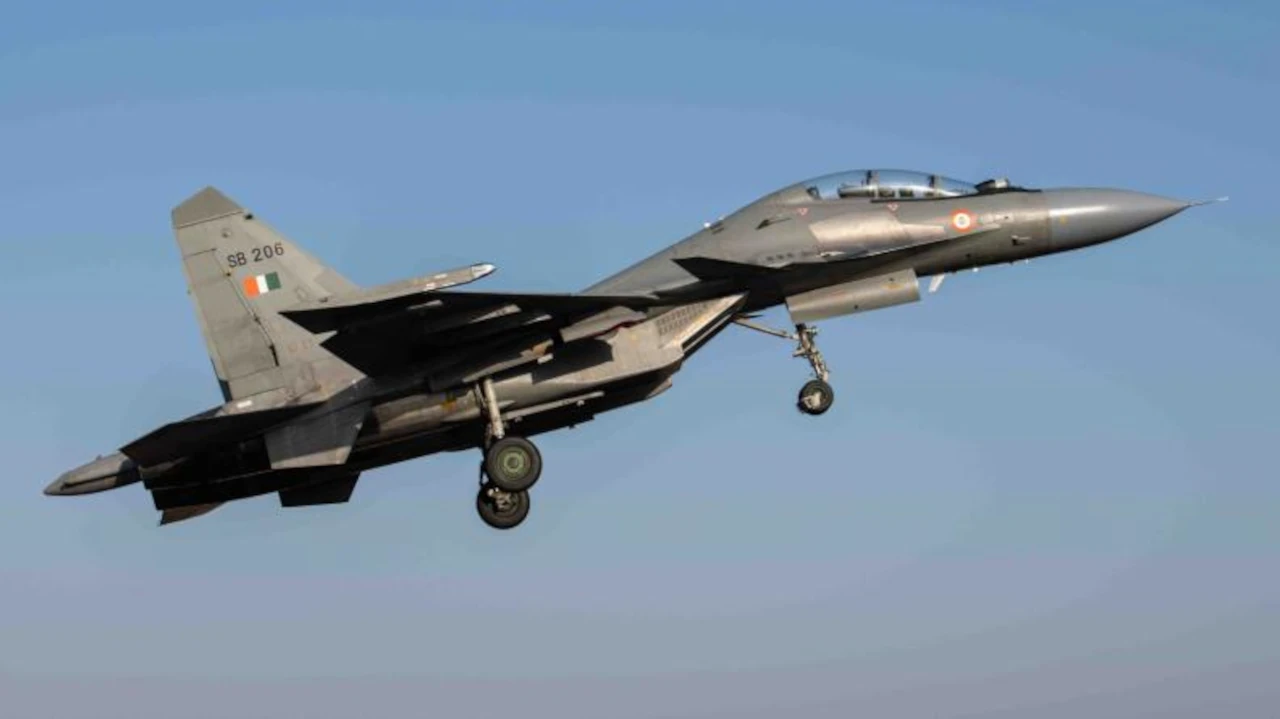SOURCE: AFI

The Indian Air Force (IAF) is undergoing a modernization drive, with a gradual shift away from older Russian fighter jets towards indigenous alternatives. This strategic move is set to see the Su-30MKI remain the mainstay of the IAF’s fighter fleet for decades to come.
The IAF is bidding farewell to its veteran MiG-21Bis fighters. Two squadrons are scheduled for retirement by 2025. These will be replaced by the indigenously developed Tejas Mk1A fighter jets. The MiG-29UPG fleet, while receiving a service life extension until 2035, will eventually be phased out as well. These MiG-29UPG squadrons are expected to be transitioned to the more advanced Tejas MkII fighter jets.
The Su-30MKI, a powerful and versatile multirole fighter jet jointly built by Russia and India, will continue to be the IAF’s primary fighter aircraft. With the latest batches inducted as recently as 2014-15, the IAF anticipates at least 4-5 Su-30MKI squadrons remaining operational until 2060-70. This extended service life will likely be facilitated by upgrades and modernization programs to ensure the Su-30MKI remains a potent aerial force.
The IAF’s modernization strategy highlights India’s growing focus on indigenously built fighter jets like the Tejas Mk1A and MkII. This not only reduces dependence on foreign suppliers but also injects a boost into India’s domestic aerospace industry.
The phasing out of legacy Russian jets and the extended service life of the Su-30MKI, alongside the induction of indigenous Tejas variants, mark a significant shift for the IAF. This strategic move equips the IAF with a modern and self-reliant fighter fleet well into the future.